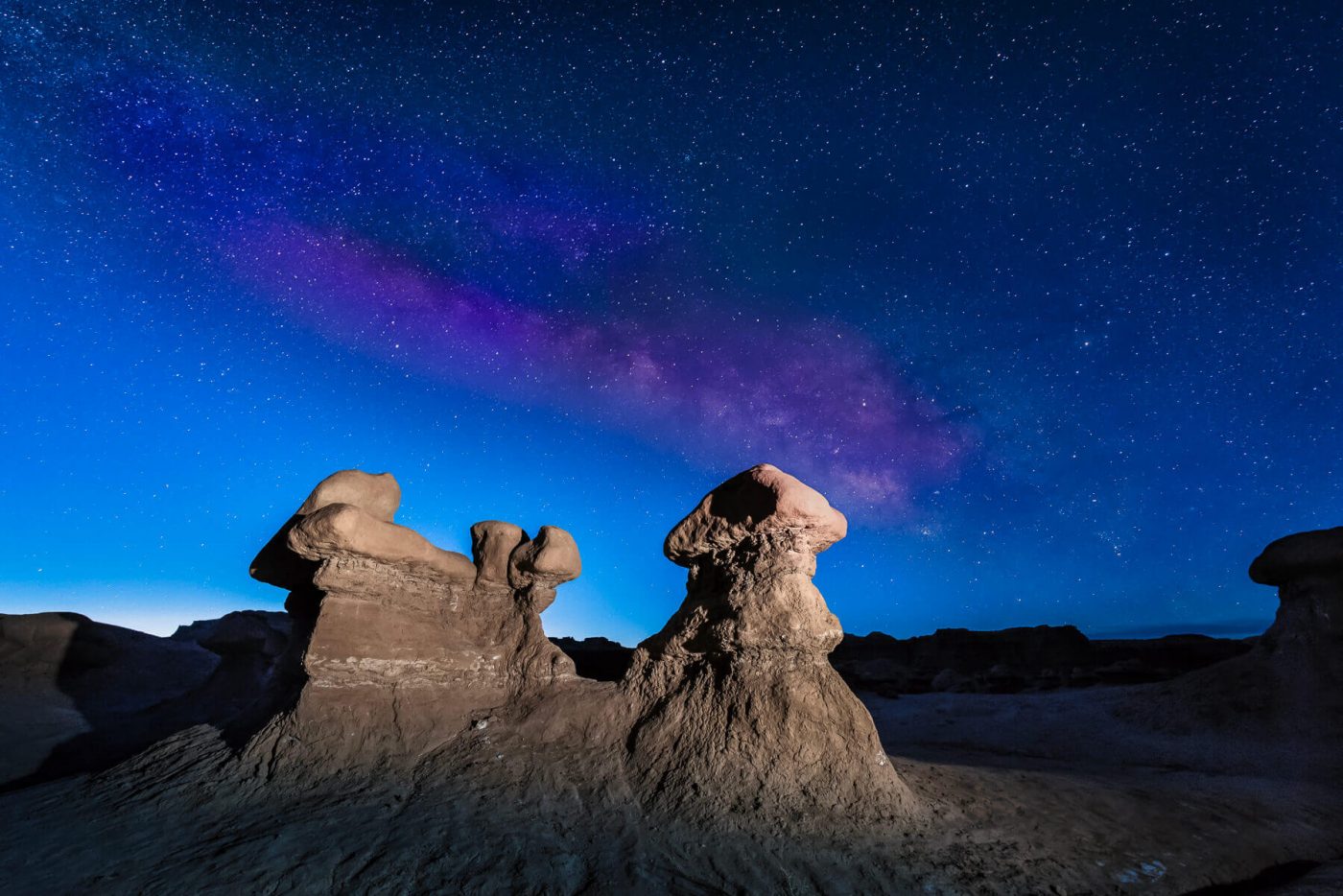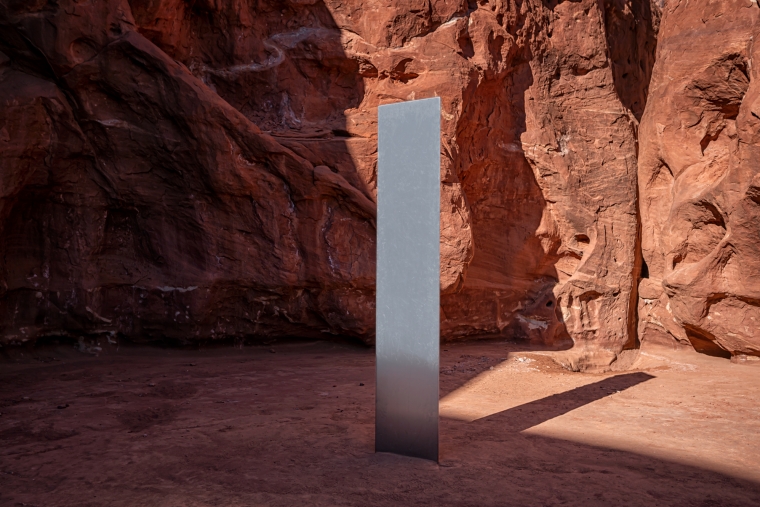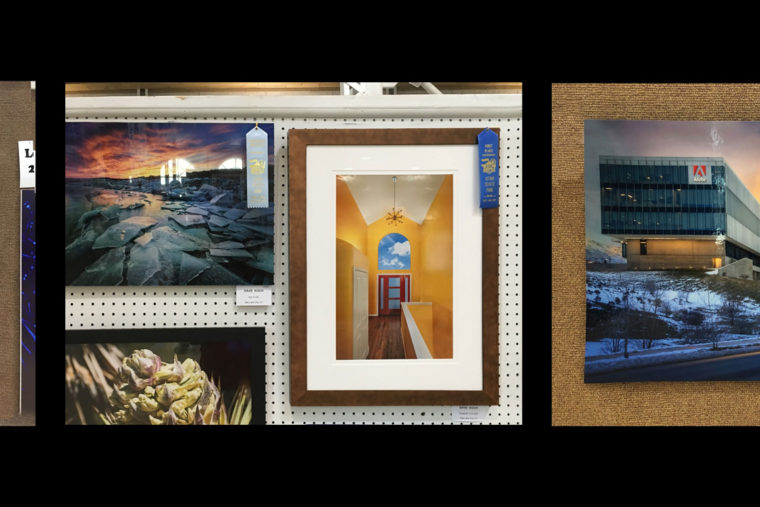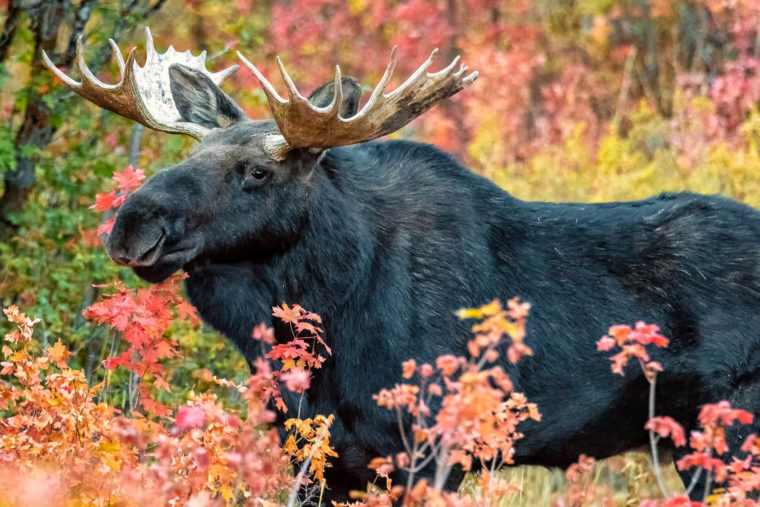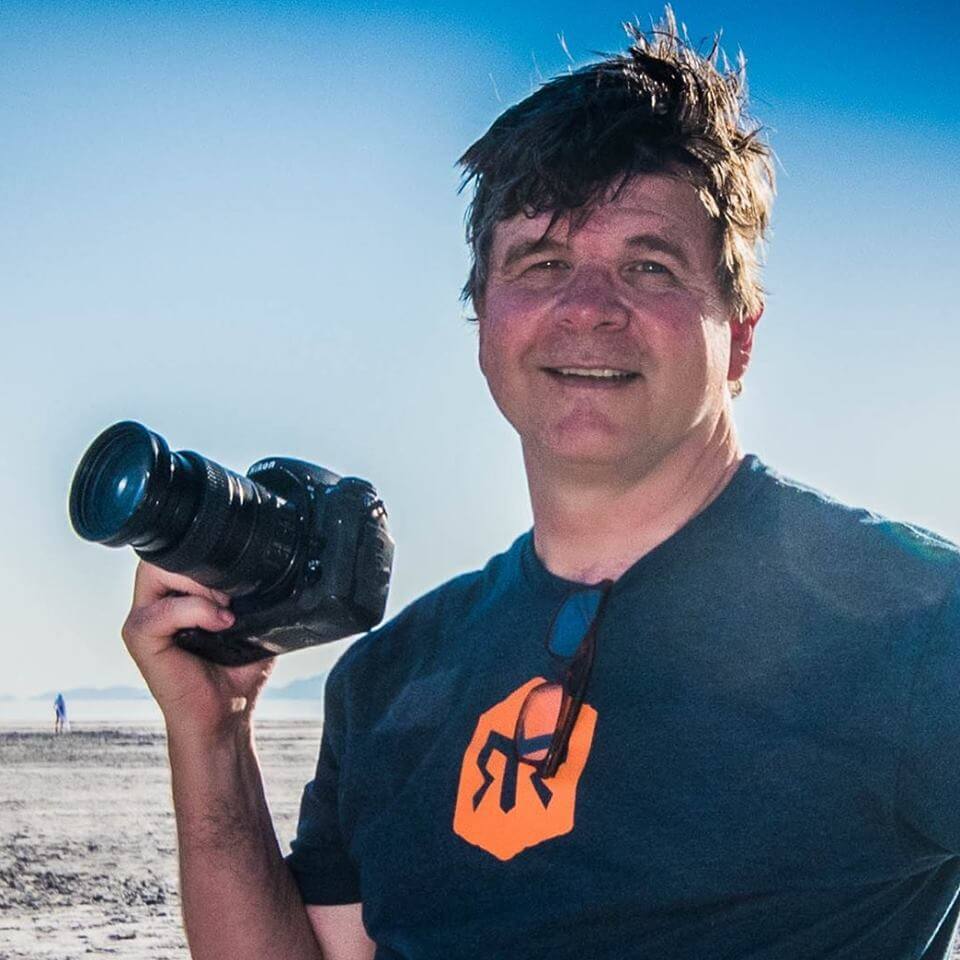My first trip to Goblin Valley was so much fun, and such a success for me, that my wife insisted I return the following weekend… with her. I’m good with that. There were some images I wanted to revisit, and some places I never got to I wanted to explore. So for the second week in a row, I’m up at two AM and headed down the driveway for points south.
My first disappointment when we arrived- the ground frost was not present. That frost added so much to the previous week’s shoot, and I was so hoping for that extra. We got to the parking lot, and I was still trying to decide where to start the shoot. I was not going back to the Eyes of the Goblin- I’ve already done that. During the drive, I decided to try some star shots in the valley if we got there early enough.
I roll out of the car and look up. And there, hanging across the eastern sky, was the Milky Way, just blazing away. Well, that pretty much made up my mind about what to shoot! I also see the horizon starting to glow- very subtle, but then the Milky Way is also very subtle. I figure we don’t have much time to capture this site, and I grab the camera, the Tamron 15-30 ƒ/2.8 and my pack and start heading down into the valley. I am sorta putting things together as I am walking around looking for a good foreground.
I had initially thought about using flashes to light the Hoodoos, but there just isn’t time… not if I want to grab the Milky Way, too. So I decide to have Lisa just light it up without flashlights- problem solved in a fast manner! We find some pretty Hoodoos and I set up.
I decided to start at ISO 4000. The D810 should be able to handle that easily with little noise, so good to go there. I go wide- 15mm on the lens, which was wide open at ƒ/2.8. I just guessed at a 20 second exposure, and hit the button.
Tick…
Tick…
Tick…
Hurry up! Light is growing on the horizon!!!
Tick…
Tick…
DING!
The sky looks GREAT! The exposure is perfect. But the flash-lit hoodoo is WAY over. So I have Lisa back up twice as far- remember the inverse square rule for light!- and hit the button again…
Tick…
Tick…
DING!
 Perfect! Got the sky. The Hoodoos are slightly over, but I know I can recover them. Quick, move a bit, let’s try again. I get a couple more images, but the dawn is already overpowering the Milky Way. We continue shooting, using flashlights and gels on the hoodoos- we got a ton more images. I shot to the west, to keep the sky as dark as possible. The long shutter times were the only thing that kept us in check and slowed us down.
Perfect! Got the sky. The Hoodoos are slightly over, but I know I can recover them. Quick, move a bit, let’s try again. I get a couple more images, but the dawn is already overpowering the Milky Way. We continue shooting, using flashlights and gels on the hoodoos- we got a ton more images. I shot to the west, to keep the sky as dark as possible. The long shutter times were the only thing that kept us in check and slowed us down.
The most amazing thing about Goblin Valley is that every way you look is a great picture. You really can’t take a bad picture here. The hoodoos are just so bizarre and so cool.
If you are looking at star or Milky Way pictures, you are going to need a fast lens. Typically, a prime; a wide prime. You will want 24mm or smaller on full frame, and an 18mm or better on crop sensor. I was at a demo for Tamron lenses in December and saw star pictures taken with this 15-30 ƒ/2.8 and was so blown away that a zoom could be used for star images. But you definitely need fast. A newer camera that handles ISO 4000 to ISO 6400 with low noise is important, too. A tripod and a remote trigger is also very important.
Set your camera up on the tripod and frame your image. Start with ISO 4000 and aperture wide open. If your lens has vibration control of any kind, turn it off! Use your flashlight to light something in the distance, and focus on that using live View. Leave Live View on- it should keep the mirror up on your camera. We need to reduce jitter! My camera has a mirror-up mode, so you press the remote once and it moves the mirror up and opens the shutter. Wait two-five seconds, then press the shutter again; this starts the exposure.
If you don’t have a remote or a Mirror-up mode, use your self-timer. Set it for two seconds and press the shutter button. The timer should start the exposure in two seconds, effectively damping the jitters.
Once the image is done, chimp! Don’t just look at the image, look at the histogram. You should see a lot more to the left, and a spike on the right. That is good. If you see too much to the left, you are probably over-exposed. Close down your aperture or bring the ISO down. Repeat. Chimp. You should be good to go.
Hopefully you are out somewhere beautiful. You are probably also freezing and tired. Take a deep breath and enjoy yourself in the outdoors. Look around. Everyone you know is home in a soft, warm bed. But you are making something. Be proud of yourself!
Nikon D810 ISO4000 ƒ/2.8 20sec 15mm

